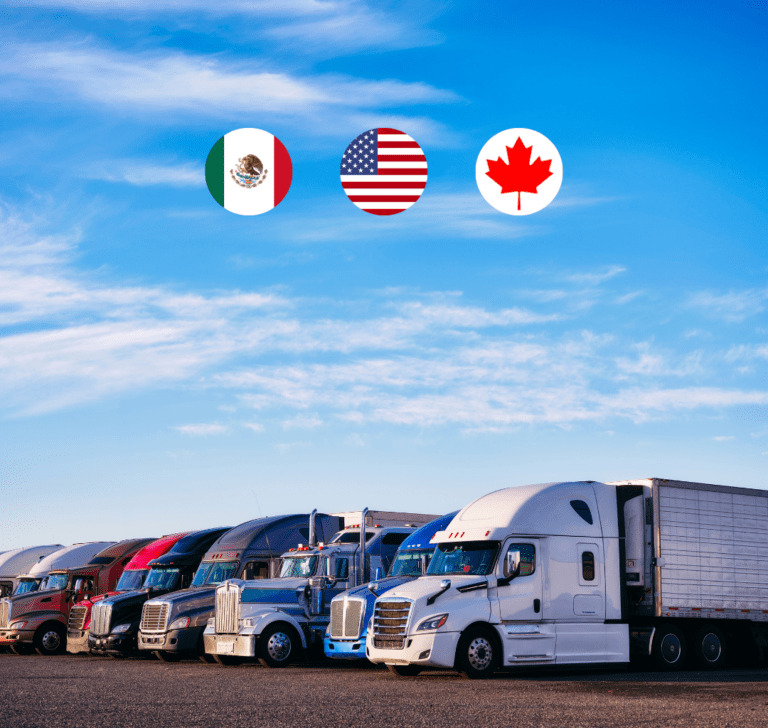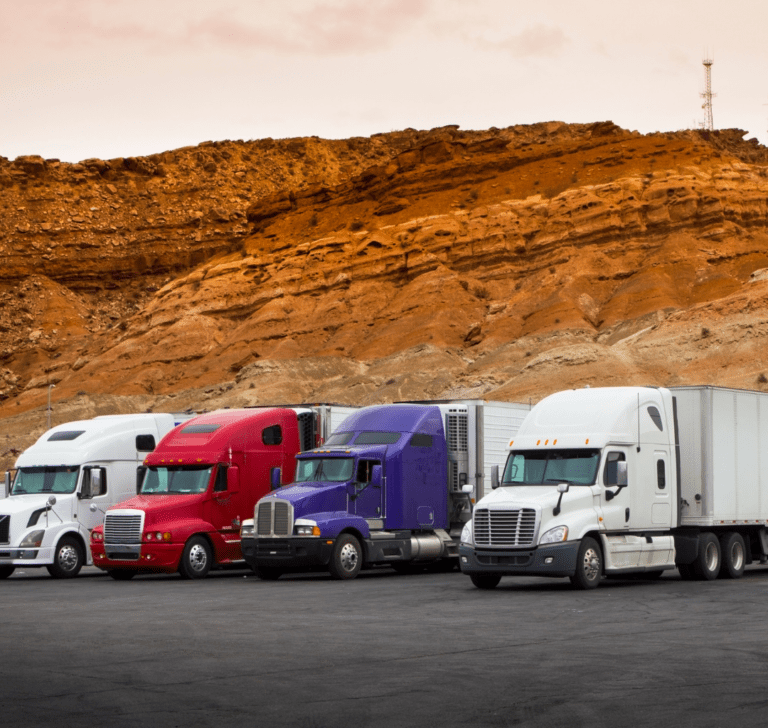In 2023, over $1.57 trillion worth of cargo was transported across the borders between Mexico, the U.S., and Canada
The Bureau of Transportation Statistics (BTS) released on May 21st the dollar values and tonnage of goods that crossed the land borders of the United States with Canada and Mexico. According to these statistics, in 2023, over $1.57 trillion worth of cargo was transported across the borders between Mexico, the U.S., and Canada, with the majority of this cargo, totaling $996.4 billion, being transported by truck.
Given the interdependence of North America’s manufacturing and logistics sectors, the land borders of the United States with Canada and Mexico serve as vital conduits for North American supply chains. These borders handle an average of $3 million in daily cross-border trade, as Canada and Mexico supply products such as oil, energy products, automobiles, electronics, and agricultural products to the United States.
In 2023, the total trade between the United States and foreign countries amounted to $5.1 trillion, with 30.8% of this total coming from trade between the United States, Canada, and Mexico. Additionally, land transportation modes led trade in North America, jointly representing 80.3% of all merchandise flows in terms of dollar value in 2023.

The significance of truck transportation in cross-border trade
Truck transportation continues to dominate, accounting for 60.1% and 72.2% of total flows in Canada and Mexico, respectively. Rail transportation, in second place, represented 15.7% and 12.3%, respectively. Since 2020, truck transportation has grown faster than rail transportation in trade between the U.S., Canada, and Mexico. In 2022, trucks moved $996.4 billion, while rail moved $209.2 billion. From 2022 to 2023, truck transportation increased by 5.1%, while rail transportation decreased by 0.47%.
Truck data provided by the BTS shows that U.S. truck freight with Mexico has increased at a faster rate than with Canada since 2020. From April 2020 to December 2023, truck freight with Canada increased by $32.1 billion, while truck freight with Mexico grew to $41.1 billion.
The primary freight at U.S. ports consisted of computers and their components, vehicles and their parts, and electrical machinery more than any other commodity at the northern and southern borders. The main trucking ports northward are Detroit, Buffalo, and Port Huron, while in Mexico, they are Laredo, Ysleta, and Otay Mesa.

Key figures from the BTS 2023 report
- $773.9 billion of cargo between the U.S. and Canada
- $798.8 billion of cargo between the U.S. and Mexico
- $996.4 billion of goods transported by trucks
- $209.2 billion of cargo transported by rail
- $57.1 billion transported by air
- $126.3 billion of cargo transported by vessel

The story of the first car race in Paris: a historic hit in 1894
Paris stands not only as a cultural and artistic epicenter but also as a pioneer in car racing In the history of automotive racing, Paris

Top states for driving in the United States in 2024
A WalletHub study compared all 50 states to determine the best driving conditions Road safety and quality are central concerns for drivers. And while the

Briefs: marijuana reclassification, vehicle fees, and climate grants
The trucking industry goes through new legislation, taxes and subsidies Questions about the proposed reclassification of marijuana The Owner-Operator Independent Drivers Association (OOIDA) supports the

Impact of traffic pollution: study reveals increase in blood pressure
A study from the University of Washington in Seattle reveals that the main cause of significant increases in blood pressure might be traffic-related gasses A

The benefits and careers of a Commercial Driver’s License
Having a CDL opens multiple doors within the trucking and transportation industry Having a Commercial Driver’s License (CDL) opens multiple doors within the trucking industry,

Sharing the road with a truck: steps to ensure your safety
Caution around blind spots and anticipating truck maneuvers are essential to ensuring everyone’s safety Truck drivers face significant challenges on the road due to their
